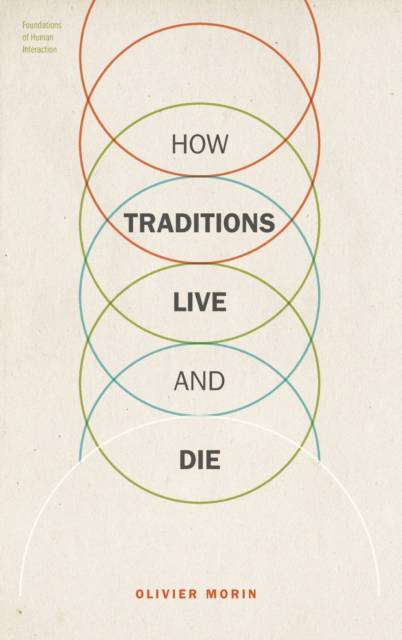
- Retrait gratuit dans votre magasin Club
- 7.000.000 titres dans notre catalogue
- Payer en toute sécurité
- Toujours un magasin près de chez vous
- Retrait gratuit dans votre magasin Club
- 7.000.0000 titres dans notre catalogue
- Payer en toute sécurité
- Toujours un magasin près de chez vous
How Traditions Live and Die
Olivier (Research Fellow, Research Fellow, KLI Institute, Kloste
205,45 €
+ 410 points
Description
This book brings together cognitive science and quantitative cultural history to look into the causes of cultural survival. Instead of blind and faithful imitation, it explores the appeal of traditions evolved to fit cognitive biases. This is both an introduction and an alternative to contemporary theories of cultural evolution.
Spécifications
Parties prenantes
- Auteur(s) :
- Editeur:
Contenu
- Nombre de pages :
- 320
- Collection :
Caractéristiques
- EAN:
- 9780190210496
- Date de parution :
- 07-01-16
- Format:
- Livre relié
- Dimensions :
- 239 mm x 163 mm
- Poids :
- 658 g

Les avis
Nous publions uniquement les avis qui respectent les conditions requises. Consultez nos conditions pour les avis.






